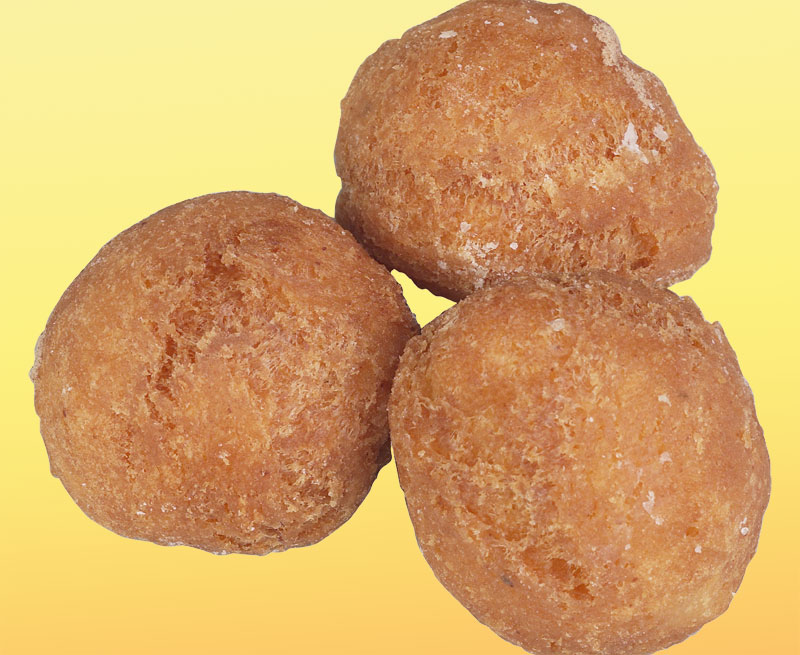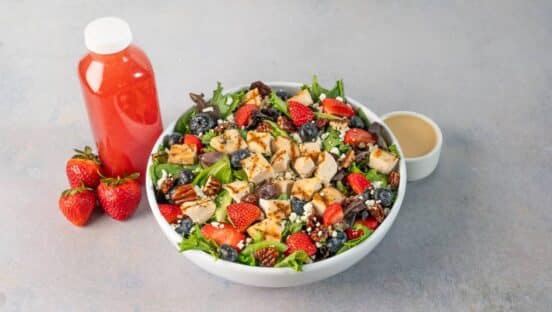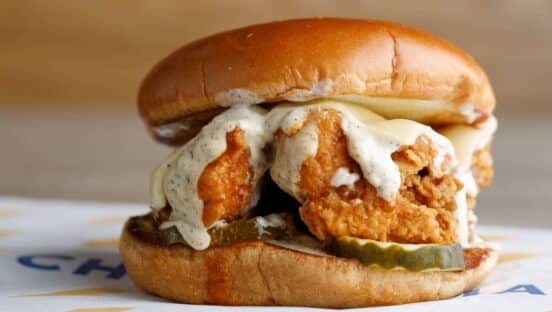They’re jarred awake by an abrasive alarm clock, flustered by the challenge of selecting the right outfit in the dark, annoyed by the prospect of a heavily congested commute, and daunted by the prospect of another day’s slog through the salt mines. Is it any wonder the last thing your prospective customer wants to consider at 6, 7, or 8 a.m. is what to eat for breakfast, and where to buy it?
Morning is no time for taking on additional big decisions. This may help explain why, in a world where a.m. offerings in your grocer’s frozen foods aisle are expanding geometrically and C-stores and gas stations represent real competition, it’s hard to get consumers to shake off their established routines, change their commute paths, and try something altogether different for breakfast.
But my background in quick-serve menu development leads me to believe there are at least three different levers quick-serve companies can pull to help convince breakfast eaters to shake off the shackles of their traditional morning regimens and motor over to your concept instead.
1. Seek out the fun and novel
Packaged foods companies have run rings around quick serves when it comes to innovations that have upended ideas about what breakfast can be. This is especially true with portability. Yogurt extrusions, cereal bars, prepackaged smoothies, fiber cakes, dried oatmeal treats, fruit-based concoctions … the list goes on.
It doesn’t have to be this way. With their well-equipped kitchens, quick serves can work outside the confines of typical breakfast offerings to devise new and altogether different enticements for consumers seeking novelty and fun at the breakfast hour.
When I was growing up in Fresno, California, our family had a Danish babysitter who, during the holidays, would bring over a weird-looking metal disk known as an æbelskiver pan. This strange little frying pan contained little spherical divots into which our nanny would pour specially sweetened dough that would emerge from the pan looking like perfect, golf-ball-sized and -shaped bits of pancake-like dough. It could pair with virtually any kind of filling or dip: jams and preserves, custard, chocolate sauce, eggs, and so on.
This traditional Northern European breakfast seemed exotic at the time, but today, in a culture much more accustomed to cultural pastry imports (see: croissant, strudel, etc.), it strikes me that æbelskiver pans and other novelties could be easily adapted for deployment in quick-serve settings. The big picture here is that a new kind of carrier that is transportable, handheld, neat, and endlessly versatile, with both sweet and savory possibilities, strikes me as a compelling idea worthy of further investigation.
2. Shoot for utter uniqueness
Oatmeal has been among the most toyed with and successfully adapted morning foodstuffs, but one permutation that has yet to emerge on any meaningful scale is a drinkable form. Grain-based beverages are still somewhat foreign in the continental U.S., though in Latin America, hot, corn masa–based atoles are a fixture of many morning routines.
We’re seeing the occasional addition of grains in by-now-familiar smoothies, but beverages based around grains remain a relative rarity. Some enterprising quick-serve chain could, without a great deal of conceptual heavy lifting, launch a line of oat- or other grain-based beverages flavored with coffee, chocolate, berries, hazelnut, or any number of other additions. The result, in my view, could be both novel and delicious—a satisfying and satiating creation capable of conferring a first-mover advantage to whoever decides to act sooner than later.
3. Think in terms of lifestyle shifts
Several reports I’ve scoured recently have noted that Americans are beginning to treat breakfast as a two-part process rather than a one-shot deal. What this suggests to me is that the late-morning meal or snack occasion British and Australian consumers refer to as “the elevenses” could be the new fourth (or fifth?) meal.
If we begin to think in terms of offering a breakfast take-away opportunity that gives consumers something for now and something for a little later on in the morning, the profit-generating potential could be substantial. Imagine a Japanese bento box–style container packed with a hot morning muffin or roll alongside a packaged yogurt parfait or fruit cup intended for later in the a.m. cycle. Such a creation might enable quick serves to take care of their valued customers twice in a single morning and capture a share of the pre-noon revenue that finds its way to vending machines, food trucks, and employee cafeterias.
It’s not easy to liberate consumers from their preferred morning rituals, but my sense is that the business value of doing so may justify at least a small investment in innovation and marketing. The potential payoff could be eye opening.











